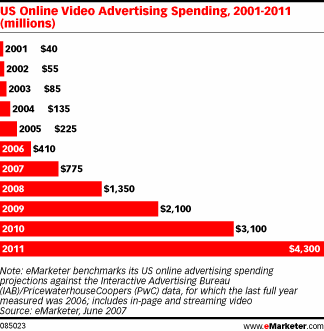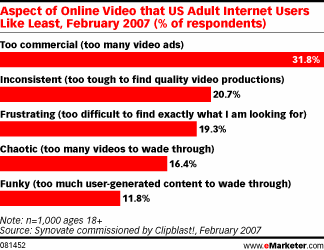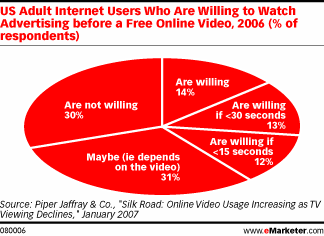U.S. Internet users are spending nearly half their online time visiting content, a 37% increase in share of time from four years ago, according to a study produced by the Online Publishers Association (OPA).
The OPA’s Internet Activity Index segments monthly usage by content, search, commerce and communications. While use of search has shown massive growth during the four-year term of the study, it accounts for a share of just 5% of online user time; while use of communications sites, such as MSN Groups and Yahoo! Mail, have plunged 28% since 2003, thanks to the rise of apps such as MSN Messenger.
Four Year Summary of OPA Internet Activity Index:
Share of Time Share of Time Share of Time Online
Online 2003 Online 2007* Change 03 – 07
Content 34 % 47 % + 37 %
Search 3 % 5 % + 35 %
Commerce 16 % 15 % – 5 %
Communications 46 % 33 % – 28 %
Total 100 % 100 % —
* 2007 includes January through May.
Tables detailing trends in user behaviour during the last year can be found here.
The OPA believes the key themes driving behavioural change are:
— A more accessible, and much faster, Internet is driving increased
overall time spent online.
— The increased popularity of video is leading to more time being spent
with online content.
— The improvement in search allows consumers to more easily and quickly
find the exact content they are looking for, increasing the likelihood
they will engage more deeply with that content.
— The Web simply offers far more content than it did even four years ago,
increasing content’s share of time.
— The rise of instant messaging (IM) as a key communications tool has
been a factor in communication’s reduction in share of time. IM is a
more efficient communications vehicle than email.





